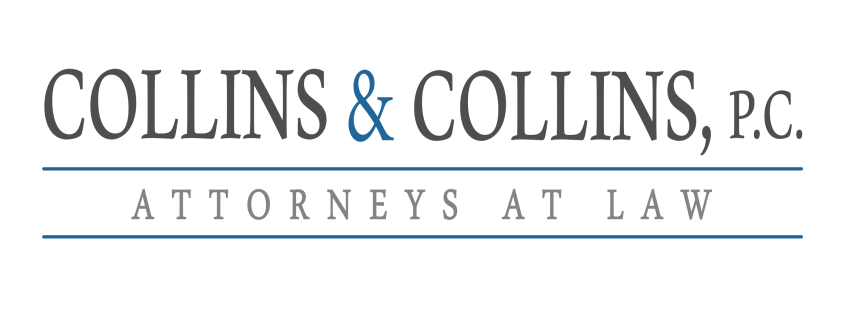Patient Advice of Risks and Consent Will Not Bar New Mexico Medical Malpractice Claims
When a patient goes in for a medical procedure, he or she is handed numerous documents that must be signed prior to the procedure. These include a variety of disclaimers and warnings of risks related to the procedure. The risks and possible bad outcomes are often numerous and terrifying.
Indeed, upon reading some of these forms, one might reasonably ask how in the world some of the risks are inherent to the procedure. In fact, many of them are not but are added as boilerplate catchall provisions to try to cover not only inherent risks but many other bad outcomes as well. Yet the procedure is necessary so the patient signs.
Throughout the stack of disclaimers and warnings will be various acknowledgements and acceptance of the risks. All of this culminates with the signing by the patient of consent forms consenting to the procedure.
It is not unusual that the worst does occur. Sometimes the bad outcome is an inherent risk of the procedure. Clearly, there are many high risk procedures. And clearly, medicine is not perfect. However, that is not the issue in the case of most medical errors and medical negligence. In fact, it is not an issue of being perfect; it is an issue of competence, of meeting the standards of the medical profession.
Despite the widely accepted myth of the frivolous medical malpractice lawsuit, there is vast medical negligence. In a 1999 study from the Institute of Health, it was estimated that as many as 98,000 patients a year die from medical negligence making it the 6th leading cause of death at the time.
That‘s bad! What‘s worse is that since 1999, the problem has actually grown worse. In 2010, the Office of the Inspector General of the Department of Health and Human Services estimated the number of deaths from medical negligence at 180,000. The Inspector General found also that as many as 1 in 7 patients suffer injury as a result of medical error.
Knowing this will make those consent forms pretty frightening. However, rest assured that in New Mexico, all these disclaimers, warnings and consents will not excuse negligent medical care. In fact, there is a jury instruction that says exactly that.
New Mexico Uniform Jury Instruction 13-1105A entitled Consent No Excuse for Negligent Treatment states:
“The fact that a doctor communicates the inherent and potential hazards of a proposed [procedure] [treatment] does not necessarily mean that those hazards, should they arise, are not the result of negligence in performing the proposed [procedure] [treatment].
The fact that a patient expressly or impliedly consents to a proposed [procedure] [treatment] does not mean that the patient consents to the negligent performance of that [procedure] [treatment] and therefore does not prevent you from considering whether the [procedure] [treatment] was negligently performed.
The fact that a patient consents to an adequately performed [procedure] [treatment] does not excuse the doctor from negligence in choosing an unnecessary or contraindicated [procedure] [treatment].”
In short, an advice of risks and consent to medical treatment is not a waiver of a patient‘s right to competent medical care. It is not a free pass for the medical provider. The fact that the patient signed the consent forms will not prevent the patient (or his or her estate) from recovering for the personal injuries or wrongful death associated with medical negligence.
If you believe that you or a loved one has been harmed by medical negligence, it is important to seek the counsel of an experienced personal injury attorney right away. Medical malpractice claims in particular have many unique requirements and deadlines that must be met to protect a patient‘s rights to recovery.
Related Reading:
The Myth of the Frivolous Medical Malpractice Lawsuit
Are Guns Safer than Hospitals?
Medical Malpractice Claims Raise Unique Statute of Limitations Issues
